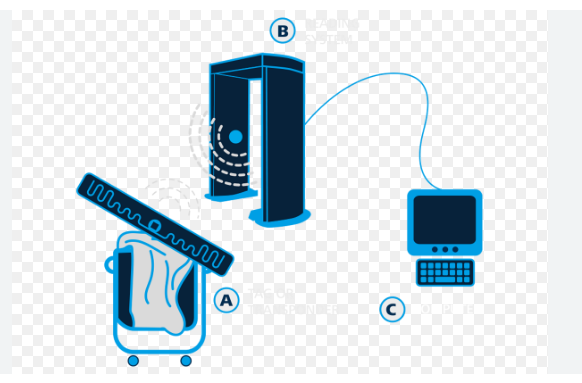Was sind die Vorkehrungen für die digitale Transformation der Wäschewäsche??
In den letzten zehn Jahren, RFID-Technologie has been used more for connection. Umgang mit der Mengenverwaltung von Übergabelinks. Jetzt, Die Etikettentechnologie wird allmählich intelligent. Angewandt auf unbemannte Übergabe, Vollständig geteilte und Online-Verwaltung. in der Zukunft, label technology may It will move towards autonomy. No one requests tasks, no one transports. Before the development of the trend of the Internet of Things and the dawn of big data. How to use forward-looking ideas, open thinking and advanced models. To help the upgrading and development of the washing industry is an important issue for everyone. This is an urgent question for washing colleagues!
Genauigkeit

Digitale Transformation der Wäschewäsche
The laundromat industry is known to take high volume readings, making it difficult to achieve 100% Genauigkeit. This problem is also a topic that practitioners are most concerned about. Since it cannot be 100% Genau, how to solve the problem of accurate reading? From a technical point of view, how to improve the accuracy of RFID device data identification?
Textiles, label stacking/bending, Feuchtigkeit, temperature and many other factors will affect the label. And the manifestations are frequency characteristics, center frequency point, Bandbreite, impedance matching, reflection coefficient, pattern, Antennenverstärkung, center loop, etc.. Daher, when choosing labels, practitioners should pay more attention to long-term stable performance. Rather than the level of a single indicator. And choose appropriate labels based on actual application scenarios. The reading device will also greatly affect the RFID performance.
About the establishment of intelligent washing and disinfection management data:
“Connection-intelligence-autonomy” is the process of Internet of Things application development process in the washing industry. The landing of the application scene should be realized through the fabric type and service characteristics. And the establishment of data can be interpreted from four different perspectives. Supply chain angle, quality angle, traceability angle, and scene angle. Identity identification, key control point collection, and process equipment data can be used. The complete process of collection, operation and management. And terminal storage services realizes the management of medical fabrics connected to everything.
Advantages and disadvantages
The RFID-based and central warehouse operation mode of linen rental has advantages and disadvantages. In the current washing industry, manual handover by someone is costly, time-consuming and labor-intensive. And the accuracy of points is low. In terms of data management, it relies more on human factors. And the accuracy of inventory, the number of times of washing of linen, the number of times of heavy pollution treatment. And the number of linen loss are irrelevant. According to evidence, delivery during the day will be restricted by various factors such as traffic jams and restricted inspections. The emergence of Internet of Things technology can just solve these problems. Natürlich, everything has two sides. The application of IoT technology requires a lot of funds to support it. Zur gleichen Zeit, it has high requirements for standardized operations and team stability. Natürlich, the most difficult thing is to change traditional habits.




